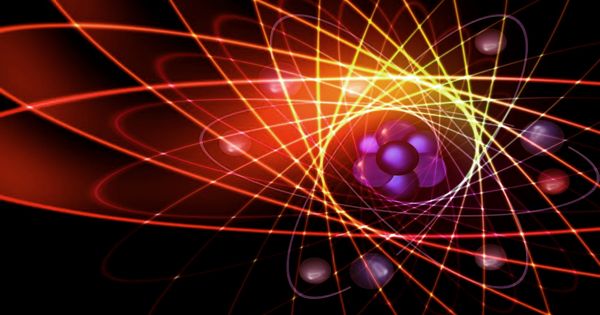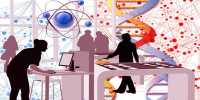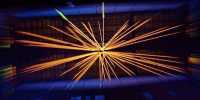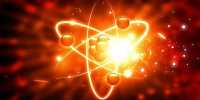Researchers have used well-established cosmological discoveries to impose stronger restrictions on the quadratic model of the Generalized Theory of Instability, thus disabling the linear model.
A description of gravity consistent with the concepts of quantum mechanics has long been a commonly sought aim in physics. Present hypotheses of this ‘quantum gravity’ also require mathematical corrections to the Heisenberg Uncertainty Principle (HUP), which quantifies the fundamental limitations of the precision of any quantum calculation. These corrections occur when gravitational interactions are considered, leading to the ‘Generalized Theory of Uncertainty’ (GUP).
Two separate GUP models are sometimes used: the first one modifies the HUP with a linear correction while the second one adds a quadratic one. Serena Giardino and Vincenzo Salzano at the University of Szczecin, Poland, have used well-established cosmological discoveries to impose tighter limits on the quadratic model, thus disabling the linear model.
Among the available quantum-gravity ideas, string theory, quantum-gravity loop, non-commutative geometry, group field theory, causal sets, asymptotic defense, causal dynamic triangulation, emerging-gravity are the most inspired models.
The GUP may affect the mechanism of black hole evaporation first described by Stephen Hawking, and may also contribute to a better understanding of the relationship between thermodynamics and gravity. Intriguingly, the GUP often sets a lower limit on the length ranges that can be probed-below the so-called ‘plank length,’ any accumulation of energy will fall under gravity and create a black hole. Previously, both linear and quadratic GUP models have been rigorously checked by matching their projections with data obtained in quantum experiments, putting strict constraints on their parameters.
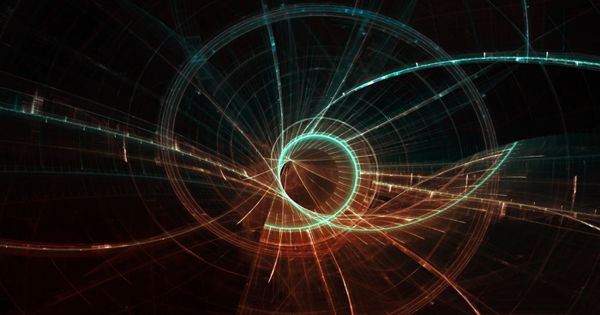
The most studied solution to the quantum-gravity problem is a variant of string theory that adopts supersymmetry and operates in a “critical” number of space-time dimensions. If this main-stream viewpoint turns out to be right, it will be poor news for quantum-spacetime phenomenologists, since the principle is constructed in classical Minkowski history spacetime. That would be bad news for phenomenology in general, because (critical, supersymmetric) string theory is a particularly soft modification of existing theories, and the new effects that can be applied to the theory are undestimably limited, if all the new features are simply added (as historically assumed) on a string scale approximately defined by the Planck scale.
In their research, Giardino and Salzano instead correlated the projections of GUP-influenced universe simulations with observations of cosmological events, including supernovae and cosmic microwave background radiation. These comparisons have not been made commonly in the past, as the limits they placed on the GUP parameters were known to be much weaker than those that were achievable in quantum experiments.
However, the researchers’ study showed that more rigorous constraints could be imposed on the quadratic model, similar to those set by certain quantum experiments. In addition, it was seen that the linear adjustment to the HUP usually did not account for the data found. Ultimately, these findings illustrate the promising role of cosmological experiments in limiting the phenomenology of quantum gravity.
